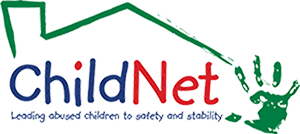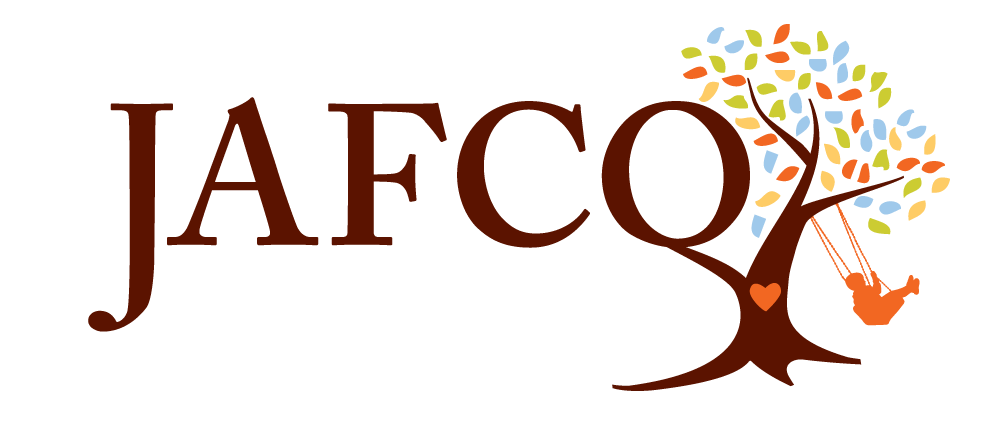The importance of sibling groups staying together
The Heart Gallery of Broward, as well as heart galleries across America, feature many sibling groups eligible for adoption. Children already living as siblings before entering the foster care system can be adopted together should they, and the court system, choose to do so. About two-thirds of children in the United States foster care system have a sibling in care (AdoptUSKids, 2023). However, it is estimated that about 53% to 80% of them of them will be separated from each other, (Casey Family Programs, 2020). Although some families may be hesitant to adopt a group of two or more children together, doing so has incredibly important benefits.
The initial goal of foster care is always reunification with the biological parents. Nevertheless, this is not always possible if the parents are not able to recover from the concerns that brought their children into the foster care system. When the goal of reunification is no longer possible, and the biological parental rights have been terminated, these children are considered ‘legally free’ and are eligible to be adopted. When sibling groups enter this stage together, and they would like to be jointly adopted, it is imperative that they are kept side-by-side.
The bond between siblings is exceptionally strong and often one of the only, if not the only, ties that foster youth will have to their immediate biological family. When children have already grown up together, placing them together in their adoptive home can “increase the likelihood of achieving permanency and stability” (Children’s Bureau, 2019). Because a sibling bond can be “a source of continuity throughout a child’s lifetime and can be [one of] the longest relationships that people experience” (Children’s Bureau, 2019), adopting siblings together allows for a host of positive outcomes. These relationships create essential roots in their sense of identity, belonging, self-esteem, and attachment.
The emotional and familial support that members of sibling groups can give each other is remarkable. Unfortunately, this is not always prioritized in the adoption process. In foster care and adoptions, it is not uncommon for children to be separated from their siblings. This can be due to many reasons, the main ones being a lack of space and resources in foster/group homes that could accommodate multiple children and a shortage of foster parents willing to take in multiple children. Social workers may also place children in particular places depending on their specific needs, which also may separate siblings (Jordan Institute for Families, 1997).
This can have a critically negative impact on each child in many ways. Because a sibling may have “been the only constant presence in their [siblings’] lives” and “the only person who understands and shares their experiences and can help them make sense of their new lives” (AdoptUSKids, 2023), it is not hard to imagine the issues that come from separating them. In the short run, they may be afraid and worry about how their sibling is doing and be grieving from the loss of their presence. In the long run, it creates yet another trauma for each of them.
To enter the foster care system in the first place, there must have been something that took the child(ren) out of their home. Whether this be abuse, neglect, addiction, or the host of other reasons a child can enter the system, this is a process that is heavily rooted in a trauma that will most likely influence the individual throughout their lifetime. They have already been separated from their birth parents and everything familiar to them. Separating them from their siblings as well will, in most cases, create more trauma, toxic stress, and long-term pain for someone who has already faced the unimaginable. Keeping sibling groups together is one of these positive protective factors that will not only make the life-changing transition to a new home smoother and vastly more comfortable, but also have life-long advantages for every aspect of their health, wellness, and sense of self.
If you or someone you know is interested in adopting a sibling group in Broward County, please visit Our Kids - Heart Gallery of Broward and click on the button “Sibling Group”. Even if you have not considered this kind of adoption before, this could be your path toward a wonderful, strong, and connected family.
Thank you so much for reading today’s article. Please stay tuned for other upcoming posts so that you can continue to stay ‘Anchored in Adoption’ news and education!
Resources:
AdoptUSKids, (2023). Keeping siblings together. National Adoption Association. Retrieved from https://adoptuskids.org/meet-the-children/children-in-foster-care/about-the-children/keeping-siblings-together
Casey Family Programs, (2020). How are child protection agencies promoting and supporting joint sibling placements and adoptions? Casey Family Programs. Retrieved from https://www.casey.org/joint-sibling-placements/
Children’s Bureau, (2019). Sibling issues in foster care and adoption. Child Welfare Information Gateway. P. 2. Retrieved from https://www.childwelfare.gov/pubPDFs/siblingissues.pdf
Jordan Institute for Families, (1997). Why separate siblings? N.C. Division of Social Services and the Family and Children’s Resource Program. Retrieved from https://practicenotes.org/vol2_no4/why_separate_siblings.htm




